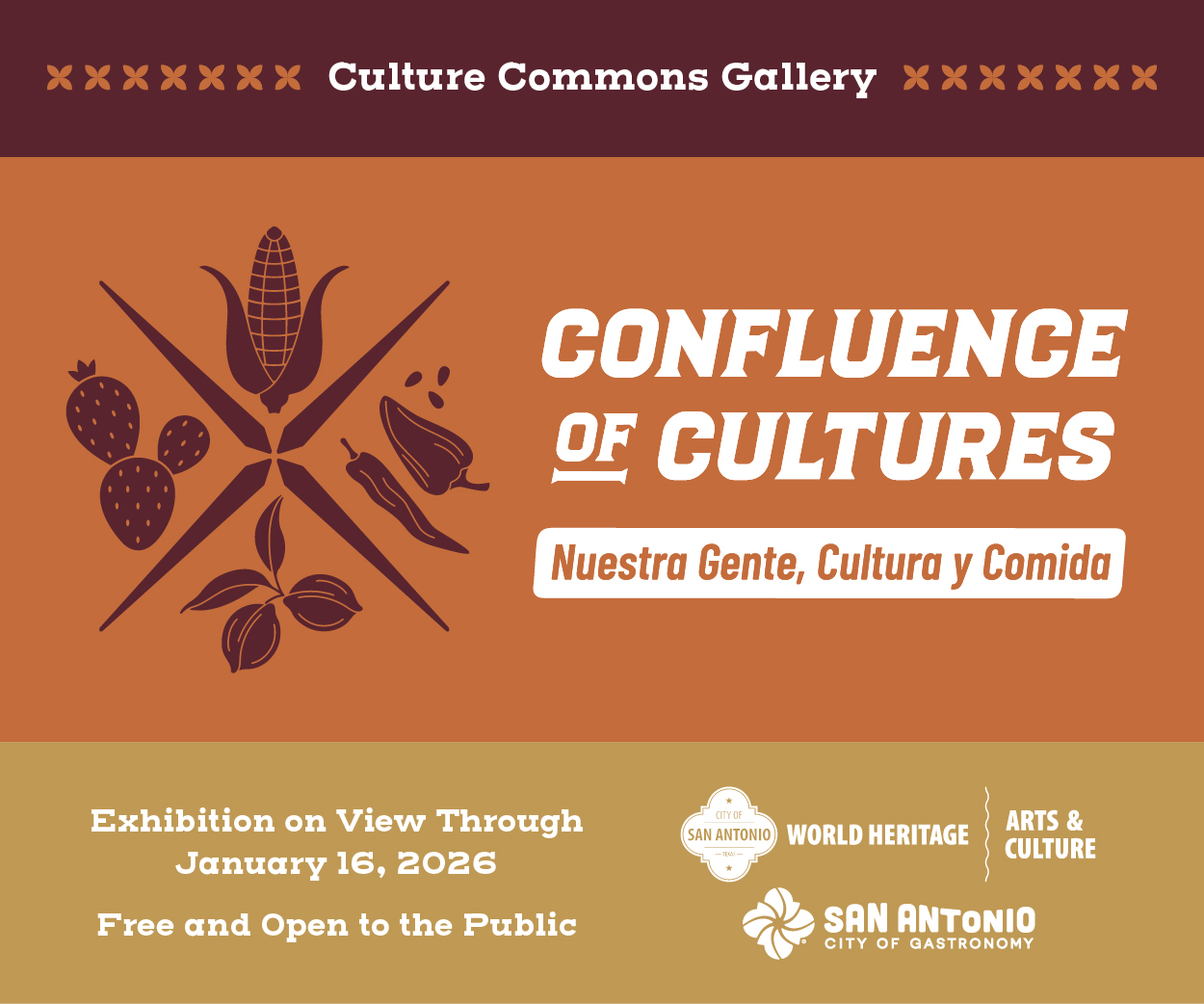When the newly appointed first governor of the Province of Tejas, Domingo Teran de los Rios, visited Tejas [Texas] in 1691-1692, he witnessed a remarkable event, a well-organized parade of several thousand Indians marching behind the banner of Our Lady of Guadalupe. Three groups of Tejas Indians marched in columns, two by two. The banner had been given to Captain Nicolas of the Catqueza Indian Nation the previous year by Alonso De Leon, Governor of the Province of Coahuila, an explorer extraordinaire.
Following the parade, the Spanish exchanged horses, saddles, boots, and tobacco with the Indian chiefs. Tobacco, which the Indians had introduced to the Spaniards two centuries earlier in Central Mexico, did not grow in Texas and was considered a prized product by Tejas Indians.
The parade and other early gestures of peace and friendship between the Spanish-Mexicans and Indian tribes occurred near the San Marcos River in Central Tejas, forty-five miles from San Antonio. Teran was led to the large Indian trade gatherings by indigenous guides. Fray Damian Massenet, a Franciscan friar traveling with Teran, dutifully recorded the event in his diary. Fortunately for historical purposes, all the entradas or explorations required a diarist, someone well-qualified to record the events of the journey, document the tribes and their surroundings, and provide information on the flora and fauna along the route.
The Our Lady of Guadalupe banner carried by the Catqueza chief represented an early introduction of Mexican Catholicism and art to Tejas. Western religion and art remained fragmentary in the new territories until missions could be constructed. When the early efforts from 1690-1720 to build missions in East Texas and on the
Gulf Coast failed, the Spanish military and ecclesiastical authorities turned to San Antonio as the most promising site for a stable mission.
Mestizo and Mulato craftsmen and artisans, brought to San Antonio from Mexico by the Franciscan friars in the early 1700s, established themselves among the first Hispanic artists in Texas. The Franciscans arrived in Mexico in 1524, and over the next two hundred years excelled in the building of churches and schools.
Although the construction of the missions in Mexico and San Antonio became a joint undertaking by the friars and local natives, the art and architecture were initially left to trained masons and sculptors, most of whom were Mestizos. It was apparent that elaborate mission construction to house hundreds of Indian neophytes would require trained and skilled craftsmen.
Following the founding of San Antonio de Valero [the Alamo] in 1718, the soldiers who accompanied the Franciscan friars established the presidio San Antonio de Bexar at a site about one mile to the north, “the first civilian settlement of Villa de Bexar.” The early artisans and artists of the mission era in Texas came from the Mestizo classes of Queretaro, Zacatecas, and Aguascalientes, the central and northern provinces of New Spain [Mexico]. Church records, journals written by the explorers, and the diaries of accompanying friars allow us to trace the arrival of Mestizo artisans to Texas.
The first architectural mission designs and sculptures along the San Antonio River, especially at San Jose, are attributed to Antonio Salazar and Pedro Huizar. Salazar, born in 1730 in the Mexican province of Zacatecas, was listed as a “Sculptor, master mason (architect), and farmer” by John and Deborah Powers in the book Texas Painters, Sculptors, and Graphic Artists.
Much controversy and numerous myths surround the birthplace and personal life of Pedro Huizar (1740-1804). Art historian Rebecca Green elaborated, “Over two centuries, Huizar gained notoriety within the oral tradition as the sculptor of the facade and Rose Window of San Jose.” Respected architectural scholar Trent Ellwood Sanford claimed that Huizar was born and trained in Spain and created the Rose Window in memory of a woman he had left behind in Spain who lost her life while crossing the Atlantic to meet up with him. Huizar is said to have died of a broken heart.
Over the last two decades, historians have learned much about Huizar. According to the Texas State Historical Association, Huizar (1740-1804) was a Mestizo born in Aguascalientes, Mexico who arrived in San Antonio sometime before 1775. He married Maria de la Trinidad in 1775 and they had seven children. Historian Jesus de la Teja documented that Huizar not only worked as a mason at San Jose Mission but also bought land in the surrounding area and eventually was appointed as a local judge. He died a natural death at age 64 in San Antonio.
Huizar was commissioned to work on the facade of the San Jose mission. He also sculpted the church’s Rose Window. Architectural scholar Sanford noted in his research that these artisans created artistic works in “the florid Spanish baroque style developed into an unrestrained elaboration of ornament which is referred to as Churrigueresque.” Historian James Day, one of the authors of the “Six Missions of Texas” publication, commented that “the Rose Window was probably one of the best-known and one of the most beautiful windows of its type in the world.”
On an inspection tour of the Provincias Internas, Franciscan Fray Juan Agustin Morfi visited the San Jose Mission in 1777 when Huizar worked on the Rose Window. Morfi described with intricate detail every significant aspect of mission life, including the construction and addition of mission art. He may have been referring to the construction of the Rose Window when he wrote: “The facade [of the mission] is very costly because of the statues and ornaments with which it was heavily decorated, distracting somewhat from its natural beauty.”
For several decades [1770-1790], the missions of San Antonio were left in relative decline. As a result, Spanish officials took steps in the late 1700s toward their secularization by removing church authorities from controlling the mission lands. Historian Donald Chipman noted, “Traditionally, the missions had been peopled with hunting and gathering tribes, but by the last quarter of the 1700s only a small number of these natives had not been Christianized.” With secularization came the end of the new construction of missions in Texas. The friars were no longer in charge of the missions or the Indians; consequently, they no longer brought skilled artisans to the Texas frontier.
The decline of the missions contributed to a century-long slump in art and sculpture by Latino artists. During the post-mission period, relatively little art or sculpture was added to the missions. Texas Mexicans [or Tejanos] lived through an extended period of conflict and violence.
Tejanos fought in five major wars over the period 1813 to 1865. These battles included the fight for Mexican Independence, 1810-1820; the Texas Revolution of 1836; the Mexican War of 1846; and The Civil War of 1860-1865.
Over these fifty years, the Tejanos also remained in constant war with the Apache and Comanche Indians.
Not surprisingly, there were no art schools in the frontier Texas years. The few Latino artists in Texas over the entire 19th century came from Spain or Mexico where they were trained or talented emerging Latino artists from the frontier left Texas to hone their craft elsewhere. The arrival of Jose Arpa from Spain in 1899 opened a new era of Latino art in Texas. Arpa opened the first Latino art school in Texas and made three decades of significant contributions to the San Antonio art community.
There was little separation between religion and art in Spanish Tejas of the 17th and 18th centuries. The missionaries recruited talented Mestizo and Indian artisans to fill the churches with religious objects. With the decline of mission construction, less attention was paid to art. Life on the frontier required a greater focus on preparing young men and women to build community and contribute to essential endeavors such as the military, ranching, and farming.
On July 5, 2015, San Antonio’s five Spanish colonial missions – Missions San Jose, San Juan, Concepcion, Espada, and the world-renowned Alamo – were declared by UNESCO a World Heritage Site. The Missions now represent the only World Heritage site in Texas and one of just 25 in the United States.









